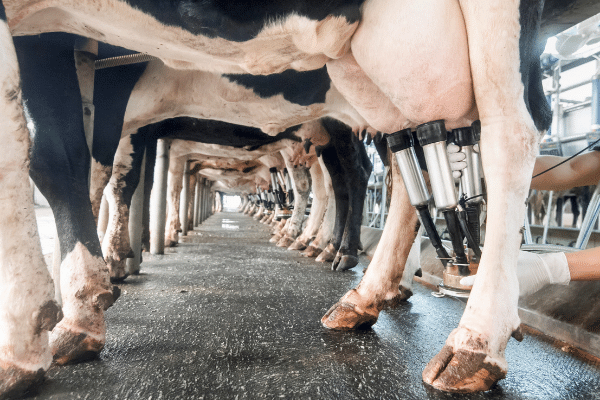Dairy pricing is ready to (finally) enter the 21st century.
The industry is making the news again, this time as ag economists and dairy producers call upon Congress to update the long-standing Federal Milk Marketing Orders.
When the orders were created in the 1930s, most milk was sold as fluid milk for beverage consumption. However, dairy consumption today isn’t all milk, as consumers have a larger appetite for cheese, butter, and other dairy products.
The FMMO “promised dairy producers that if their milk is as good as their neighbors’, they will be paid the same price,” said Christina Zuiderveen, managing partner of Black Soil Dairy, LLC.
In her September 15th speech to a Senate subcommittee for reforming the milk-pricing system, Zuiderveen said this sentiment hasn’t held true, as sales of fluid milk have declined. And while she and her family have personally benefited from the current rules, as they sold milk for cheese production in 2020, Zuiderveen is an advocate for fair prices.
Soundbite: “Good intentions to create a system with uniform prices has resulted in a distorted system that is now coming unglued, to the detriment of dairy families whose income depends—at least in part—on the value of a blend of fluid milk, milk powder, and butter,” Zuiderveen said.
The impact is real. Current dairy prices don’t make up for rising inputs for dairy farmers. And the number of dairy farms has decreased 55% between 2003 and 2020.

